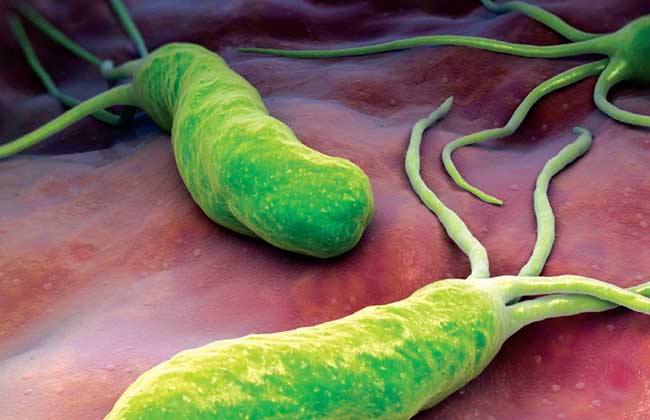Soon one of these new strains, called Methicillin-Resistant Staphylococcus Aureus, began to show up in hospitals. Only one type of antibiotic, vancomycin, remained effective against it, but in 1997 a hospital in Tokyo reported the appearance of a strain that could resist even that. Within months it had spread to six other Japanese hospitals. All over, the microbes are beginning to win the war again: in U.S. hospitals alone, some fourteen thousand people a year die from infections they pick up there. As James Surowiecki has noted, given a choice between developing antibiotics that people will take every day for two weeks or antidepressants that people will take every day forever, drug companies not surprisingly opt for the latter. Although a few antibiotics have been toughened up a bit, the pharmaceutical industry hasn't given us an entirely new antibiotic since the 1970s.

Our carelessness is all the more alarming since the discovery that many other ailments may be bacterial in origin. The process of discovery began in 1983 when Barry Marshall, a doctor in Perth, Western Australia, found that many stomach cancers and most stomach ulcers are caused by a bacterium called Helicobacter pylori. Even though his findings were easily tested, the notion was so radical that more than a decade would pass before they were generally accepted. America's National Institutes of Health, for instance, didn't officially endorse the idea until 1994. "Hundreds, even thousands of people must have died from ulcers who wouldn't have," Marshall told a reporter from Forbes in 1999.












